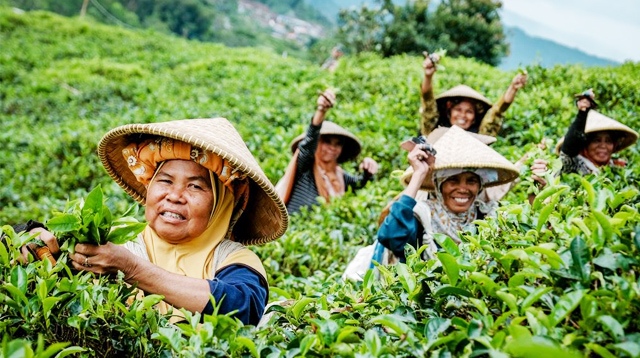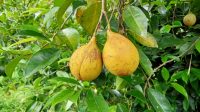- TEA is very common and the most affordable drink. It is often taken advantage to start the day. Additionally, it is widely available everywhere and has many advantages for health.
One of the ‘rituals’ to welcome the morning is drinking tea, water or coffee. It would become special if added with two or three slices of cake or bread. It is quite appropriate to prepare for the days of undertaking the daily activities.
Especially for tea, over time, there are more and more choices of types of tea. It is starting from green tea, yellow tea to various herbal teas. They are not only available in many flavors but also many varieties providing different properties. It turns out, tea can also be a delicious drink, you know! Oh, how come? Of course, it is possible because it can be served cold or hot.
Benefits
Several studies on tea show that drinking tea may actually improve health in general. It is said that black tea can help the ability to chew, so it is suitable to drink it while accompanying meals. Then, green tea which has become popular lately has the effect of lowering cholesterol levels.
Meanwhile, herbal teas can help boost immunity and fight fever and infections. Basically, drinking tea in moderation has many benefits as it helps increase energy, protects heart health, lowers cholesterol and aids in weight loss as mentioned earlier.
However, users are not advised to drink a lot of tea because it can reduce the absorption of nutrients, increase anxiety, affect sleep quality as well as cause heartburn. It’s also important to know the right time to drink tea and make sure not to combine it with your main meal.
Production center
Indonesia is rich in tea yields. Many highlands in Indonesia are suitable for tea plantations. According to some sources, here are some requirements for cultivating tea.
- Annual rainfall of not less than 2,000 mm. In addition, the tea plant requires bright sun.
- Humidity less than 70 percent
- Daily temperature of the tea plant is in a sufficient range
- Suitable at altitudes between 800 meters to 1200 meters above sea level
- Tea likes soil with a thick top layer, crumb structure, loamy to dusty, and loose.
Tea production sometimes experiences an increase or decrease because it is highly influenced by natural factors and cultivation techniques carried out by farmers.
Here are the regions having high production of tea which are listed from the highest to the lowest: West Java, Central Java, North Sumatra and West Sumatra.











